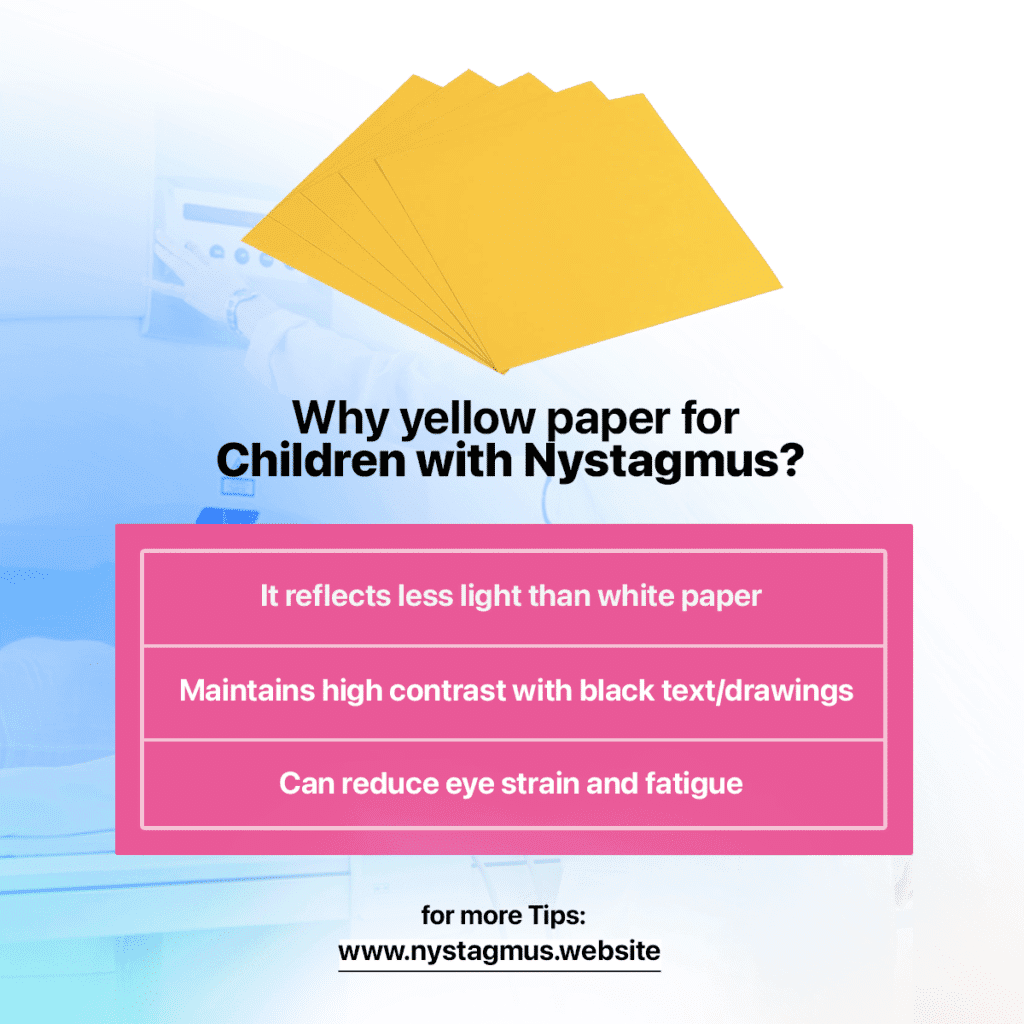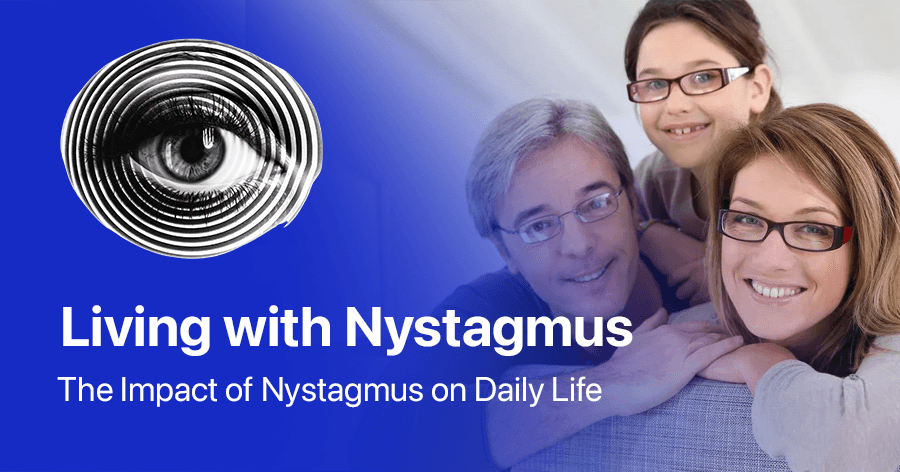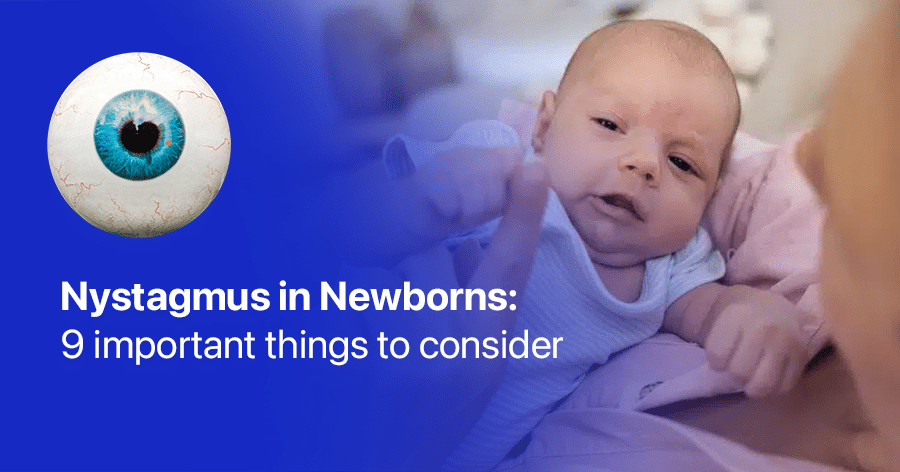
Strategies to Manage Nystagmus in the Classroom: 9 effective steps
Nystagmus is a visual condition where the eyes make repetitive, uncontrolled movements, often leading to reduced vision and challenges in everyday activities. For students with nystagmus, these challenges can extend into the classroom, where reading, focusing on the board, and social interactions may become difficult. Proper management strategies in a school setting can significantly improve both academic performance and social well-being. Below are essential strategies for supporting students with nystagmus in the classroom.
1. Individualized Education Plan (IEP) or 504 Plan
One of the first steps in managing nystagmus in the classroom is to develop an Individualized Education Plan (IEP) or a 504 Plan. These plans provide a framework to ensure the student receives the necessary accommodations, such as extended test time, preferred seating, or modified assignments.
Key Components:
- Vision Assessments: Regular eye exams and assessments by an optometrist or ophthalmologist can determine the level of visual impairment.
- Collaboration: Teachers, parents, and specialists should collaborate to create a plan that meets the student’s unique needs.
- Flexible Learning Tools: The IEP or 504 Plan should include tools like large print materials, screen magnifiers, or digital textbooks.
2. Classroom Seating and Environment
Classroom layout plays a critical role in how students with nystagmus interact with their learning environment. By adjusting seating and other elements, classrooms can create an optimal setting for students with this condition.
Strategies:
- Preferred Seating: Position the student close to the front and center, reducing the need for head tilting or body adjustments that may be required to see the board clearly.
- Lighting Adjustments: Ensure the classroom has consistent and comfortable lighting to reduce glare. If necessary, provide the student with tinted lenses or allow adjustments to the room’s brightness.
- Minimize Distractions: Seat the student away from high-traffic areas to reduce visual distractions, which can help them maintain focus during lessons.
3. Use Yellow Paper: A Simple Yet Effective Tool for Students with Nystagmus

For children with nystagmus, managing visual challenges in the classroom is crucial for academic success. One highly effective strategy is the use of yellow paper for reading and writing tasks. Yellow paper offers numerous benefits for students with nystagmus:
- Reduced glare and light sensitivity
- Enhanced contrast between text and background
- Decreased eye strain and fatigue
- Improved reading speed and comprehension
- Increased comfort during extended study sessions
These advantages make yellow paper an invaluable tool for students with nystagmus, helping them to focus better and engage more effectively with their studies. To implement this strategy, consider the following yellow paper products available on Amazon:
- Amazon Basics Wide Ruled Lined Writing Note Pad, 8.5″ x 11.75″, Canary, 600 Perforated Sheets, 12-Pack of 50
- Neenah Paper 49541 Exact Index Card Stock, 110lb, 8 1/2 x 11, Canary, 250 Sheets
- Astrobrights Cardstock Paper, 65 lbs, 8.5-inch x 11-inch, Solar Yellow, 250/Pack (22731)
By incorporating yellow paper into your classroom strategies, you can significantly improve the learning experience for students with nystagmus, helping them to overcome visual challenges and reach their full academic potential.
4. Assistive Technology
Assistive technology is one of the most effective ways to manage the academic challenges caused by nystagmus. These tools can help improve both reading comprehension and information processing for students.
Helpful Tools:
- Screen Readers: Software like JAWS (Job Access With Speech) can read text aloud, helping students who struggle to read from the board or printed materials.
- Text Magnification: Magnifying tools, such as handheld magnifiers or computer screen magnification software, can enlarge text for better visibility.
- Speech-to-Text Software: For students with difficulty writing or typing due to vision problems, speech-to-text software can be an efficient solution.
5. Modify Instructional Materials
To accommodate students with nystagmus, teachers should modify both instructional materials and teaching methods. These modifications ensure that lessons are accessible to the student without hindering their learning experience.
Instructional Strategies:
- Large Print Materials: Use books, worksheets, and handouts in larger print, ensuring readability.
- Digital Textbooks: Provide access to digital formats, where students can adjust font size and contrast based on their needs.
- Multi-Sensory Learning: Implement multi-sensory teaching methods, such as auditory instructions, visual aids, and hands-on activities, to enhance learning.
6. Allow Extra Time for Tasks
Students with nystagmus often take longer to process visual information. Therefore, providing additional time for tasks, especially during tests and written assignments, is crucial.
Application:
- Extended Test Time: During exams, give the student extra time to read and comprehend the questions.
- Pacing Flexibility: Allow the student to work at a slower pace during classroom activities to avoid visual strain or fatigue.
- Breaks: Encourage frequent breaks, especially during activities that require extended periods of focus, such as reading or computer use.
7. Encourage Peer Support
Social inclusion is an important aspect of the classroom experience for students with nystagmus. Teachers and staff should encourage peer support and inclusion to ensure the student feels part of the classroom community.
How to Foster Support:
- Class Discussions: Involve the student in discussions and group activities, being mindful of their needs.
- Peer Helpers: Assign a peer buddy who can assist with note-taking, reading from the board, or navigating the classroom environment.
- Promote Understanding: Educate classmates about nystagmus to foster empathy and reduce misunderstandings.
8. Regular Communication with Parents and Specialists
Ongoing communication between teachers, parents, and specialists is essential for tracking the student’s progress and making necessary adjustments to their support plan.
Methods of Communication:
- Frequent Updates: Provide regular feedback to parents regarding their child’s progress and any challenges they encounter.
- Specialist Collaboration: Work with vision specialists and occupational therapists to adapt learning materials or classroom settings as needed.
- Parent Involvement: Encourage parents to be actively involved in the IEP or 504 Plan meetings and any classroom events or decisions affecting their child.
9. Stay Informed with “The Nystagmus Book”
If you’re aiming to expand your knowledge of nystagmus and stay informed on the latest research and management techniques, I encourage you to explore my book, The Nystagmus Book. This thorough guide provides all the accurate, up-to-date information available in 2024, including the newest research and proven strategies for managing nystagmus.
With so much misinformation circulating about nystagmus, The Nystagmus Book serves as a trusted, science-backed resource. It offers practical advice, the latest treatment options, and insights drawn from my 20+ years of experience in the field. Whether you have nystagmus, care for someone who does, or simply want to learn more, this book is an essential resource.
Conclusion
By implementing these strategies, classrooms can effectively manage the challenges faced by students with nystagmus, creating an environment where they can thrive academically and socially. It’s essential for teachers, administrators, and parents to work collaboratively, ensuring that students with nystagmus have the tools and accommodations they need to succeed in the classroom.




